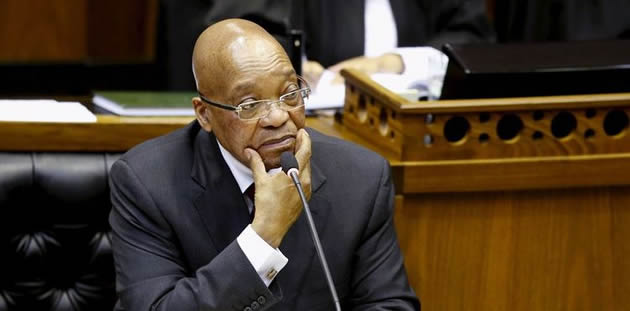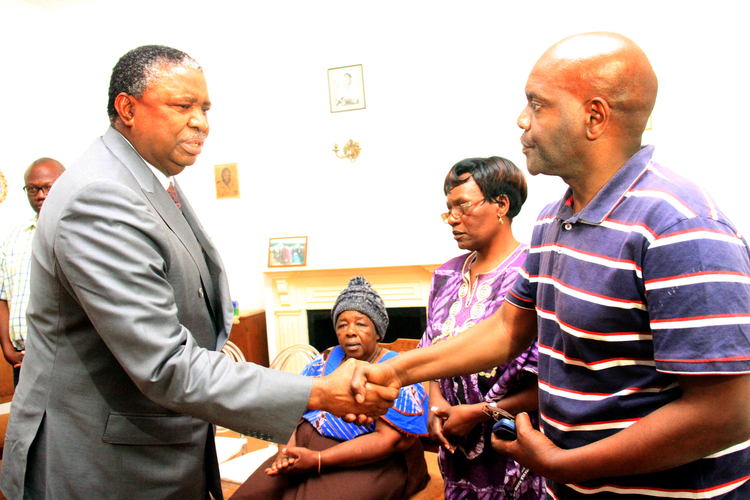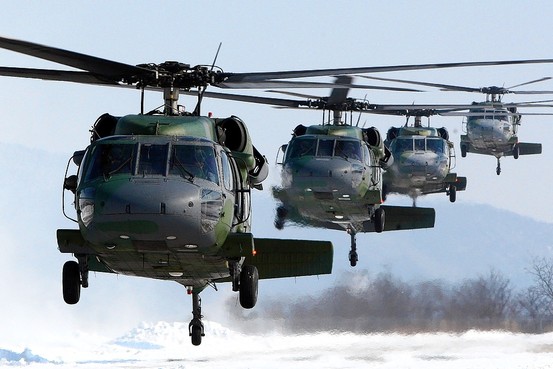Zuma, Sadc on his shoulders

Tichaona Zindoga Political Editor
Things hardly dramatically change in regional groupings such as the Southern African Development Community (sadc). sadc is a 16-nation bloc, arguably the most stable economic, political and geographical region in Africa. Except there is a Democratic Republic of Congo, a troublesome historical fact whose problems can be traced to a dark and odious Belgian colonialism and how Western (led by US) imperialism has destabilised a rich country that once promised so much, until one bad day when the country’s first elected Prime Minister was assassinated.
His name was Patrice Lumumba and the fateful day was January 17, 1961.
The rest, as they say, is history.
There is also Lesotho, a tiny mountainous kingdom which South Africa completely surrounds and has been known to give South Africa a fair share of headaches.
Good news is that Lesotho recently held elections and returned to stability.
Until the next episode of trouble.
In the DRC, elections are due to be held subject to a rather opaque calendar and dates amid all the chaos and instability.
The latest news is that sadc will be sending a former head of state there as a special envoy to finalise the publication of election dates.
And then Mozambique appears as a flashpoint here and there with long term rebel activity in the western part of the country, but never with so much worrying intensity as in the late 1980s and early ‘90s.
Most of the problems that the region grapples with appear to be socio-economic in nature.
Wealth (or lack thereof). Resource exploitation. Poverty. Hunger. Disease. Migration.
sadc is one fluid soup of these.
The new chairman of sadc, South Africa’s President Jacob Zuma, came in just last week, at the 37th sadc Summit.
He will be seized with these issues.
We mentioned above that there are hardly any dramatic changes at sadc. South Africa is expected, however, realistically or otherwise, to show leadership.
That is why the following one year of South Africa’s chairmanship will be a little different from the last two tenures of King Mswathi III (Swaziland) and Ian Khama (Botswana), respectively.
They are forgettable, largely.
But the one preceding them, in 2015, that of President Mugabe of Zimbabwe, is not, for obvious reasons.
Now, before we discuss how a South African chairmanship of sadc will look like; and how important and perhaps dramatic it will be, here is South Africa’s own pitch:
The country chose the theme for its tenure as: “Partnering with the Private Sector in Developing Industry and Regional Value Chains”.
Explained President Zuma: “This theme seeks to promote momentum and continuity in our collective aspiration towards regional sustainable economic development and industrialisation.
“We further believe that joint focus on these deliverables which are mechanisms through which our region’s trade potential can be harnessed to the benefit of our people will ensure successful implementation.
“Our cooperation as a region will allow our economies to overcome the challenge of small, fragmented economies, and create a larger market that improves the region’s prospects to attract investment.”
There is that overarching socioeconomic motif and President Zuma put the issue of improved and industrialised community of regional countries at the centre.
He said: “sadc’s goal is to improve and establish manufacturing capacity, productivity and competitiveness in these sectors.
“The implementation of these will ensure successful transformation of regional economies from the commodity dependent growth path to a production induced growths.
“This will not only raise the living standards of our people but also facilitate the rapid catch-up of the SADC countries with industrialised and developed countries.
“. . . The key activities during our chairship will be the development of a high impact Annual Operation Plan with targeted interventions and public policy tools to foster the development of regional value-chains in agro-processing, pharmaceuticals and mineral beneficiation.
“Secondly, we will promote a Member State driven process through the Industrial Development Forum to facilitate the identification of cross-border projects that will strengthen regional value-chains and contribute to the development of the region.”
There is an ample reason why South Africa is worried about the regional economy and how it could lead to a more prosperous region.
South Africa is the biggest economy in the region, and in Africa, and the disparity in growth has led to lots of troubles.
Naturally, people from the region have flocked to South Africa for greener pastures, real or imagined.
This has put a lot of pressure on South African resources and has seen socioeconomic boomerangs such as xenophobic violence in South Africa.
For South Africa itself, impoverished countries in the region also means a dwarfed market.
It would actually be good, for example, if foreigners flocking to South Africa stayed in their countries instead and had money to buy goods and services produced in South Africa.
The larger picture being prosperity and growth as a region would be in the interest of South Africa.
That is the weight that President Zuma will feel on his shoulders.
He will need all our prayers.
But that is hardly the worst part.
The bureaucratic finery gives it away.
His main challenges will come in form of diplomatic and political conundrums.
We have mentioned DRC, Lesotho and Mozambique.
Add Zimbabwe to that mix — and it’s a real deal.
(Perhaps add Zambia in there, too.)
Zimbabwe presents South Africa with a unique yet familiar question.
There is a lot of world interest in what happens in Zimbabwe and South Africa has long been expected to play a role that is something between a good neighbour and some kind of Big Brother.
South Africa has previously mediated in heated politics in Zimbabwe and in 2009 oversaw the formation of an inclusive Government between zanu-pf and opposition formations.
The inclusive Government ended with the elections in 2013 that gave us a single winner in zanu-pf led by President Mugabe.
President Zuma may have thought that would be the end of the story of his involvement with the divisive Zimbabwean politics.
Not so fast!
We are back again at it: Zimbabwe faces elections in 12 months and under.
The run up to those elections will be interesting, typically, and President Zuma will have the onerous task of watching the drama through.
South Africa will be under a lot of pressure.
Powerful Western countries expect South Africa to play midwife to regime change in Zimbabwe.
The opposition in Zimbabwe is so fond of taking issues to sadc and South Africa, including writing useless and vexatious letters.
Elements in South Africa will seek to lean on President Zuma to adopt certain positions.
On the other hand President Zuma will seek to appeal to his own diplomatic, historical and political principles.
He will certainly have grown a couple of more grey hairs before he, this same time next year, hands over to the next chair.
And all this against an inclement domestic political weather, which we believe he will survive.











Comments